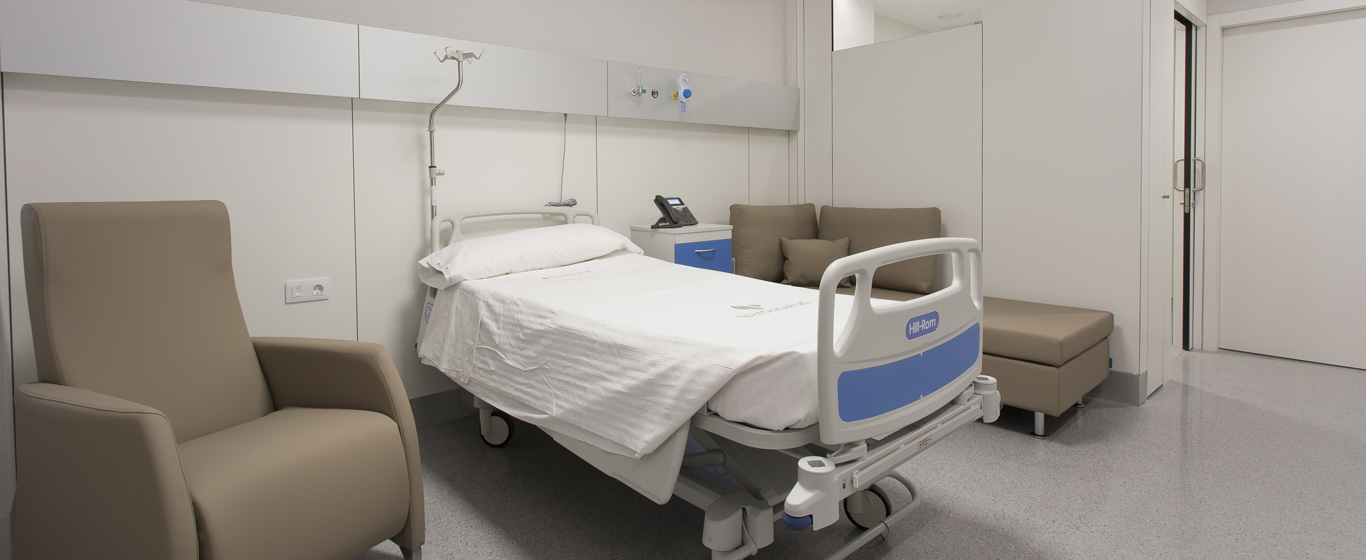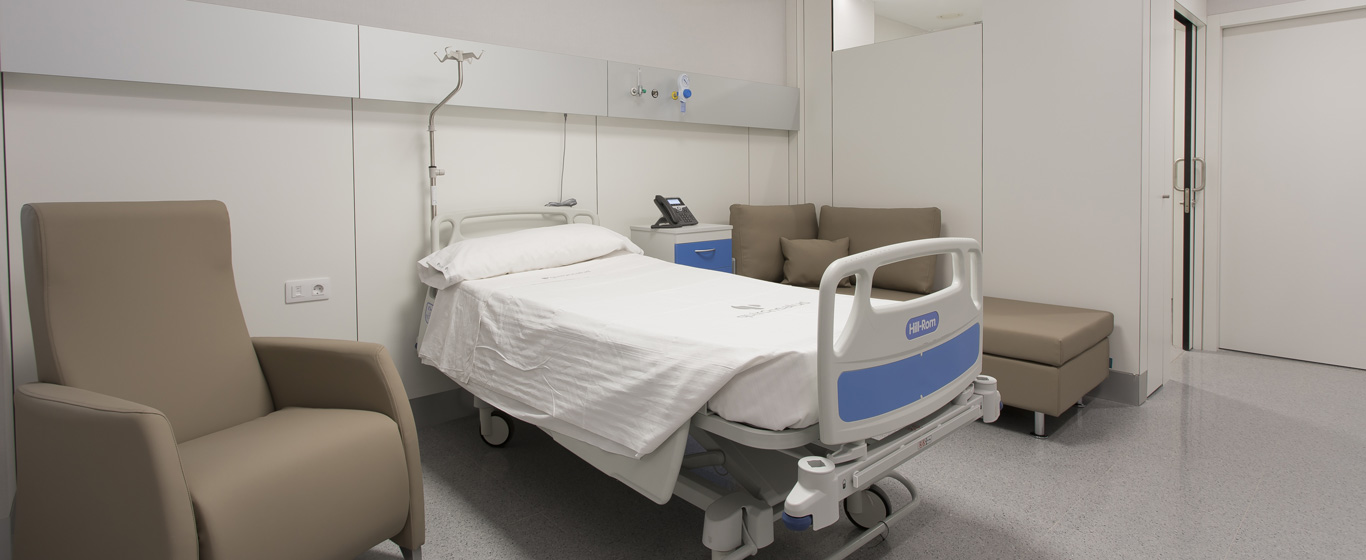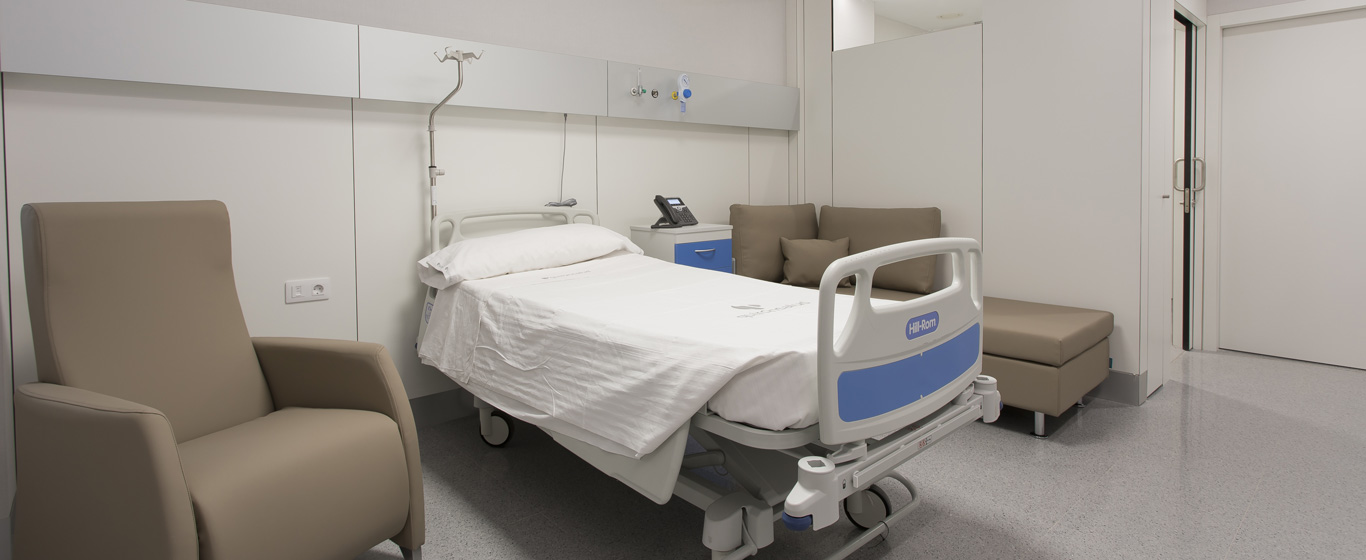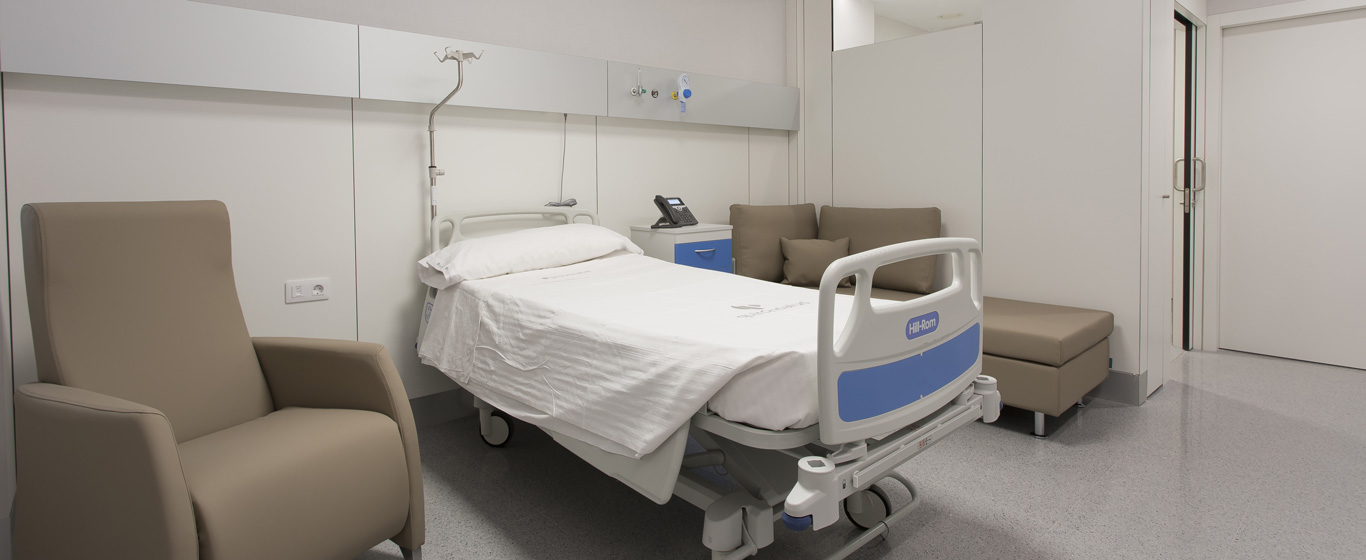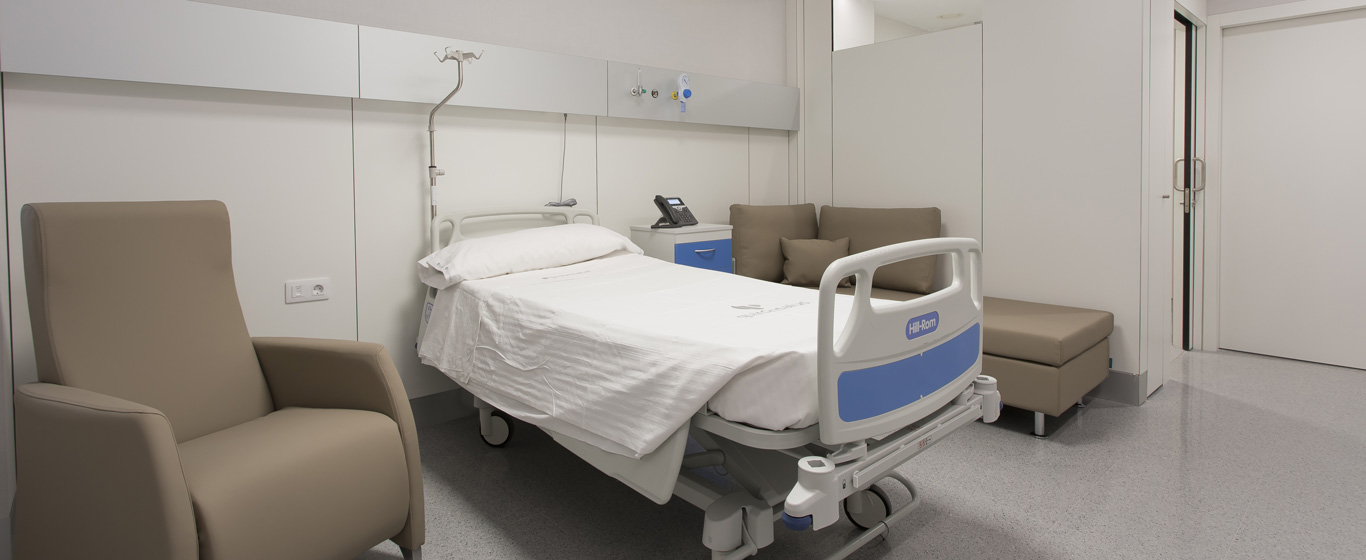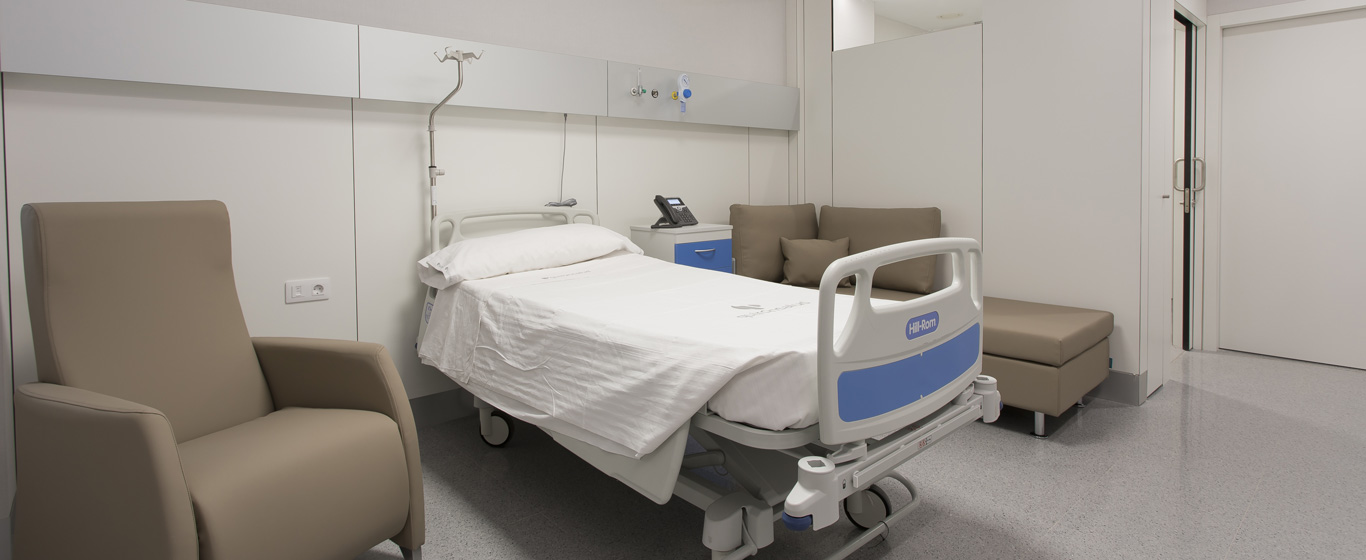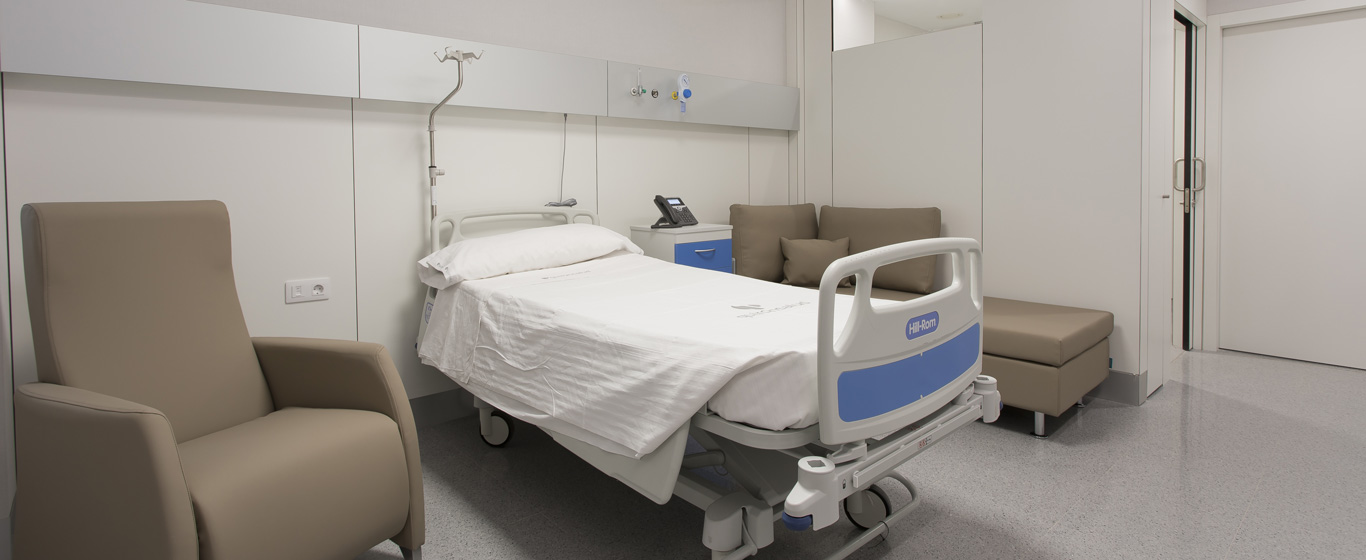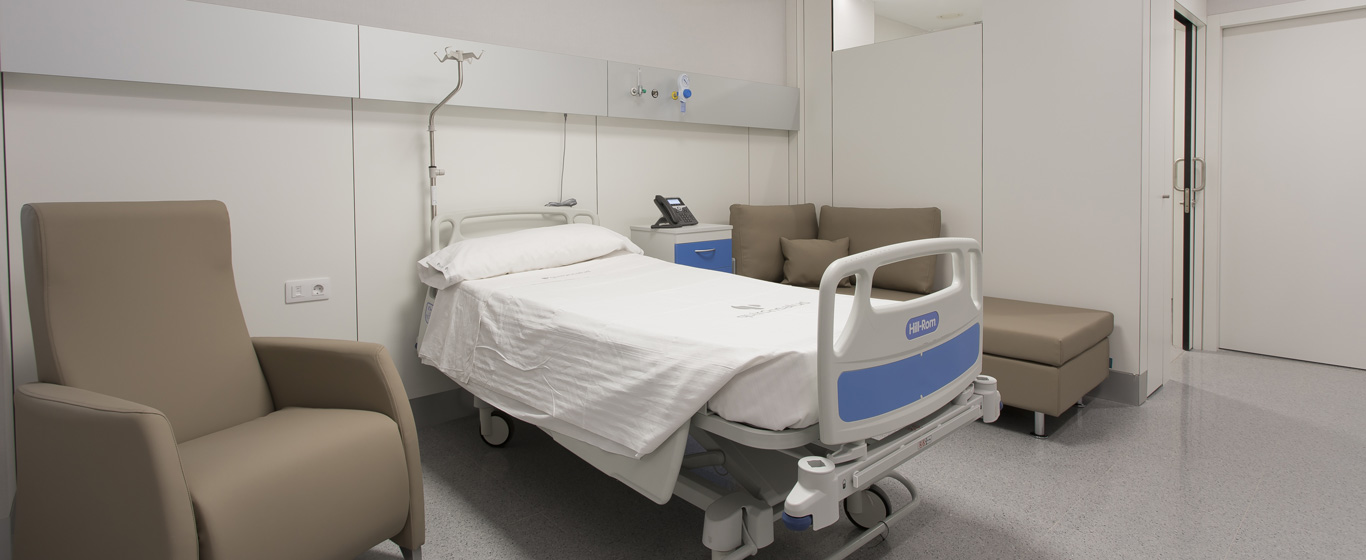Bunions
What types of bunions are there? Everything about the causes, symptoms, and the most common and effective treatments for hallux valgus.
Symptoms and Causes
A bunion, or hallux valgus, is a foot deformity typically caused by the formation of a bump at the head of the first metatarsal, which leads to improper joint function. As a result, the big toe deviates, causing the other toes to crowd. In more severe cases, it may overlap the second toe.
This joint deformity causes continuous pain, which worsens with walking, significantly reducing the quality of life of those who suffer from it.
Depending on its severity, bunions are classified into four types measured according to the Manchester scale:
- Grade 1 Hallux Valgus: No deformity is noticeable.
- Grade 2 Hallux Valgus: Deviation of less than 20 degrees.
- Grade 3 Hallux Valgus: The angle of the toe is between 30 and 40 degrees, making it a moderate deformation.
- Grade 4 Hallux Valgus: The first metatarsal is severely affected, with a deviation of more than 40 degrees.
In mild cases, changing some lifestyle habits can reduce symptoms and improve the prognosis. Patients with grade 4 bunions often require more invasive treatments, such as surgery.
Symptoms
The most significant symptoms of bunions are:
- Continuous pain, especially in the joint, which worsens with movement.
- Difficulty moving the big toe.
- Swelling and redness on the outer side of the first metatarsal.
- A popping sensation when bending the toe.
Causes
Currently, the exact causes of bunions are unknown, although the influence of footwear, previous injuries, and certain genetic factors have been established.
Risk Factors
The risk factors for developing hallux valgus include:
- Wearing shoes that are too tight.
- Excessive use of high-heeled shoes.
- Having congenital foot deformities.
- Family history of bunions.
- Suffering from rheumatoid arthritis.
Complications
Although bunions generally do not lead to complications, more severe hallux valgus cases can result in:
- Bursitis: Inflammation of the sac containing synovial fluid in the joint.
- Metatarsalgia: Pain and swelling in the metatarsal.
- Deformation of the second toe: It may take on a hammer shape.
Prevention
Although the causes of bunions are unknown, avoiding certain risk factors can reduce the chances of developing them. Specialists recommend wearing properly fitting, wide shoes with minimal heels.
What doctor treats bunions?
Orthopedic surgeons, traumatologists, and podiatrists diagnose and treat bunions.
Diagnosis
The diagnosis of bunions is straightforward, as the doctor can identify them by examining the affected area and listening to the symptoms described by the patient. To determine the most appropriate treatment for each case, X-rays are taken to provide exact information about the condition of the joint and bone.
Treatment
The chosen treatment depends on the severity of hallux valgus. In milder cases, bunions improve with anti-inflammatory and pain-relieving medications combined with physiotherapy exercises. Applying heat and cold to the affected area can also improve the prognosis.
In most cases, it is recommended to avoid repetitive foot movements and wear shoes that fit the feet properly. Some patients experience improvement with the use of special insoles or pads.
If the bunion is grade 4 and does not improve with the previous treatments, surgery is considered. Bunion surgery, in most cases, can be performed through minimal incisions, through which cuts are made in the metatarsal to reposition it to its original position. This is usually an outpatient procedure carried out under regional anesthesia and involves no greater risks than those typical of any surgical intervention. Recovery is typically fast and highly satisfactory.







